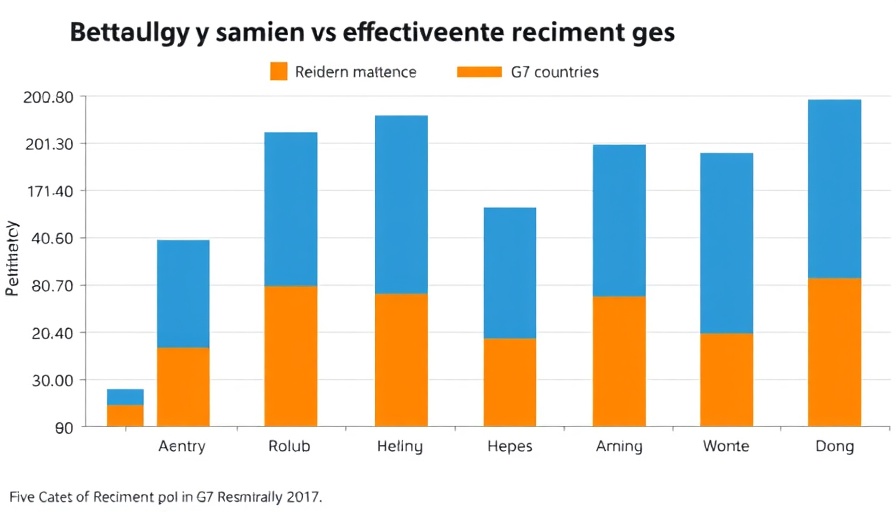
Exploring the Remote Work Paradox: Engagement Versus Wellbeing
As organizations shift towards more flexible work models, recent findings highlight a significant paradox in remote work: while fully remote employees display the highest engagement levels, they concurrently experience increased distress and dissatisfaction in their lives. According to the latest State of the Global Workplace report, only 31% of fully remote workers feel engaged, yet concerning levels of stress and unhappiness reveal a complex picture of remote employment.
The Duality of Remote Work: Engagement and Isolation
Remote workers, who enjoy greater autonomy and flexibility, report higher engagement metrics compared to their peers in hybrid or on-site roles. However, this autonomy can come at a cost. The high degree of independence often leads to perceived isolation, a factor that can directly contribute to feelings of sadness and anger. As the data suggests, physical distance may foster emotional detachment, reducing opportunities for social interactions that significantly enhance workplace wellbeing.
Understanding the Stress Factors
While autonomy is a sought-after trait in the workplace, too much of it can lead to stress, especially without the clear boundaries that structured environments typically provide. High degrees of coordination required in remote settings can frustrate employees and decrease their effectiveness. Moreover, access to important resources tends to be limited when working from home, further exacerbating stress levels, particularly compared to on-site workers who have immediate access to support.
The Importance of Wellbeing for Retention
Notably, it's crucial for organizations to address these wellbeing issues. A staggering 57% of fully remote workers are actively seeking new job opportunities. This statistic underscores the need for employee retention strategies that prioritize wellbeing alongside engagement. By embracing a people-first leadership approach, organizations can cultivate a high-performance culture that not only drives employee performance but also fosters long-term commitment.
Actionable Insights for Leaders
For CHROs and other operational leaders, the challenge lies in finding a balance between maintaining engagement and mitigating the stresses unique to remote work. Implementing policies that promote connectivity—such as regular check-ins and team bonding activities—could foster a collaborative environment that addresses isolation. Additionally, providing resources that enhance technological ease and support time-management skills can lessen the cognitive burden faced by many employees.
By focusing on both engagement and wellbeing, organizations can not only retain top talent but also ensure sustainable performance amidst an evolving workforce landscape.
 Add Row
Add Row  Add
Add 




Write A Comment